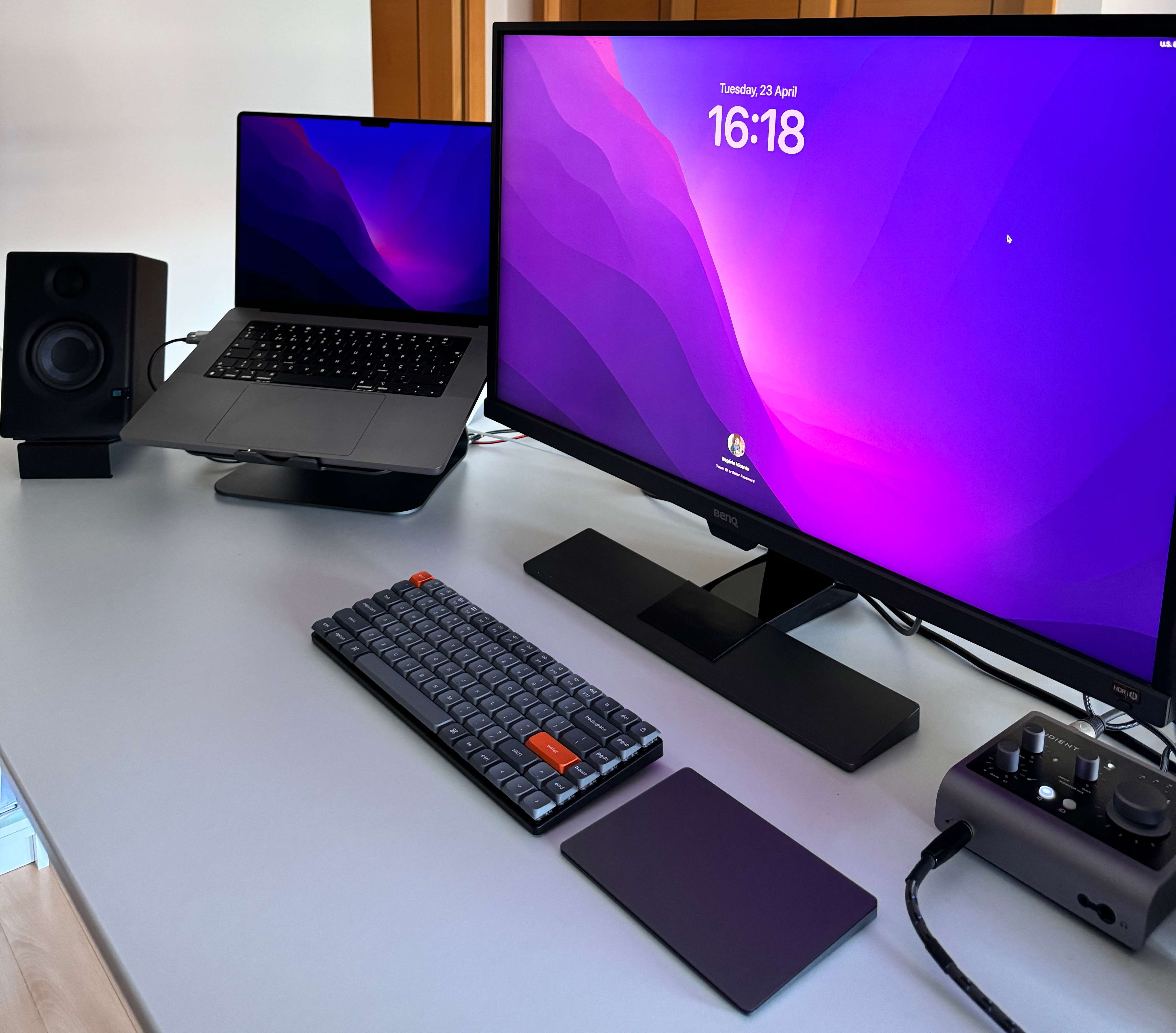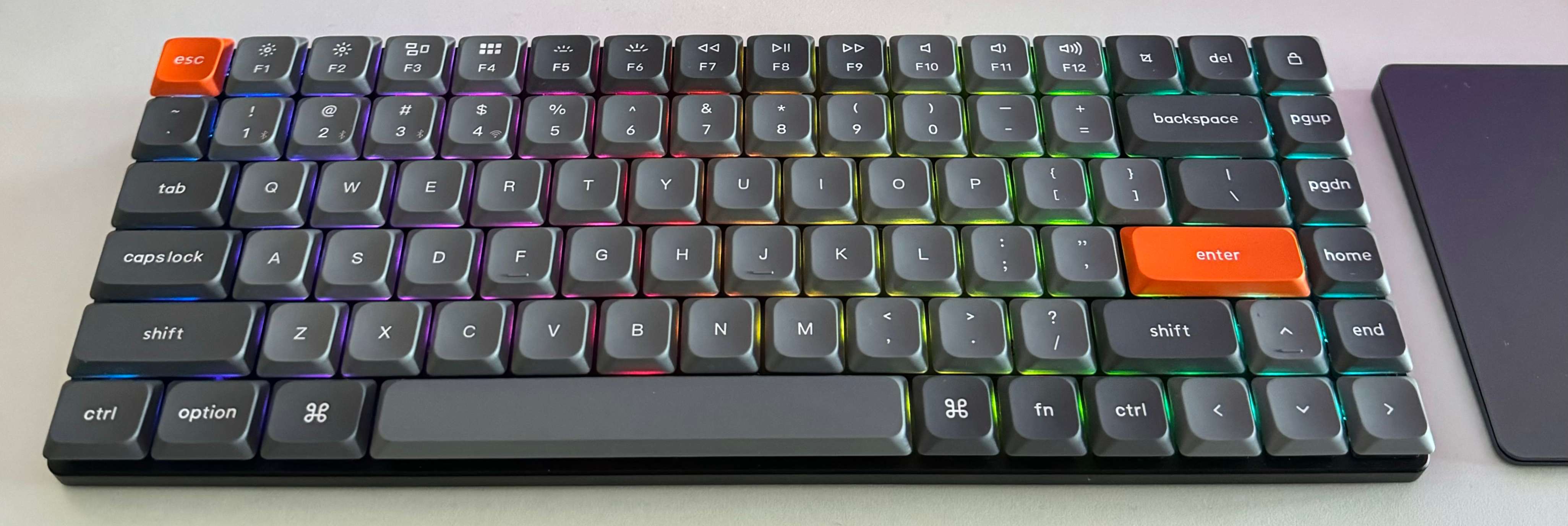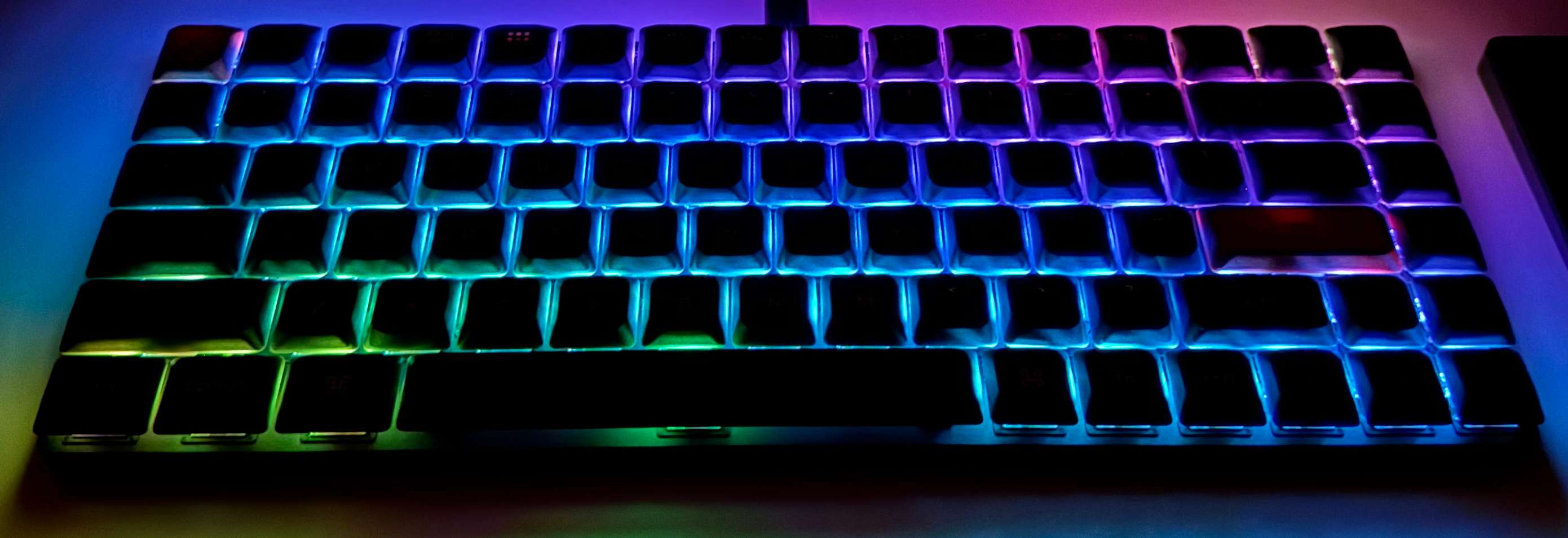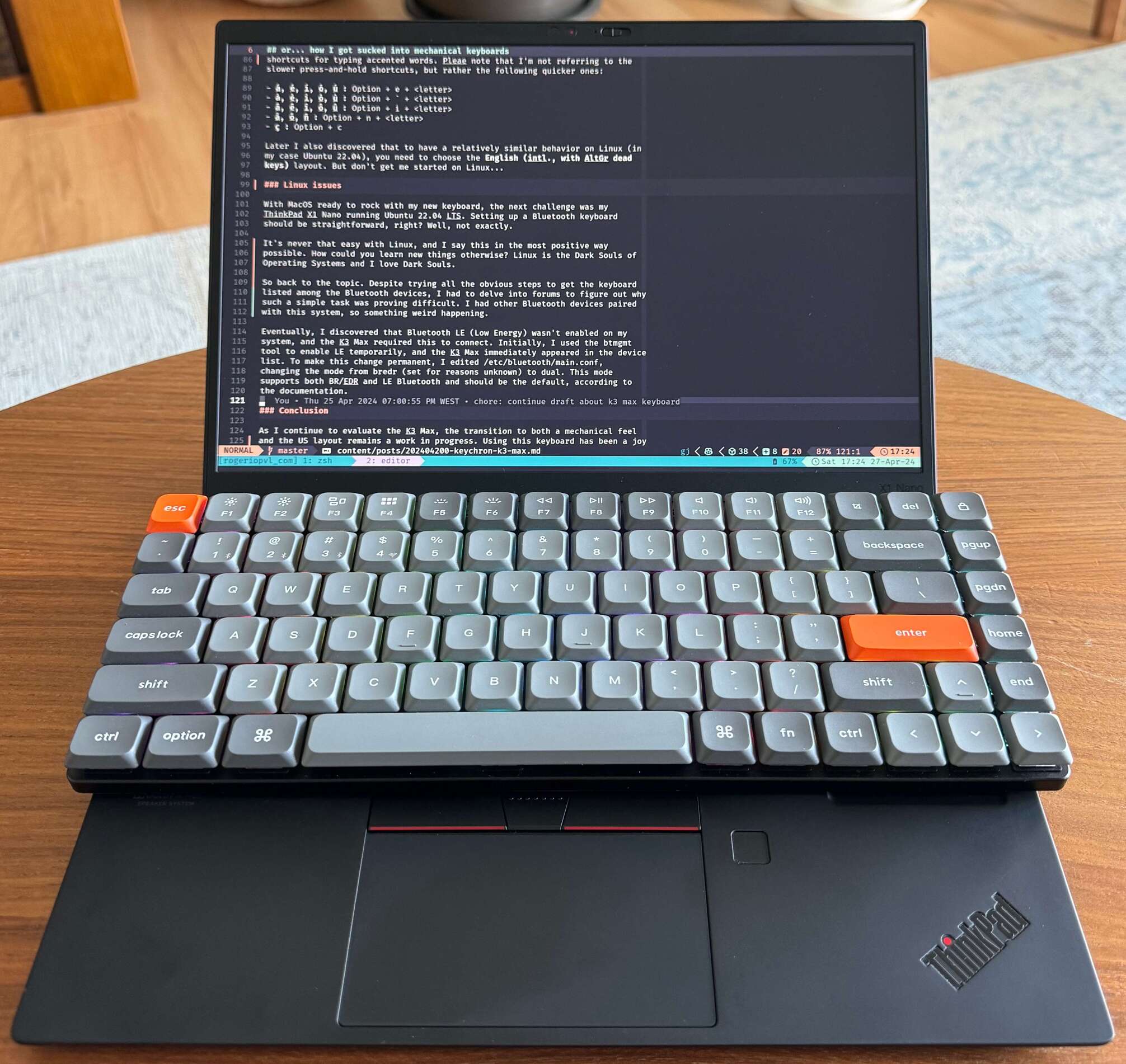Admittedly, I've always admired mechanical keyboards with their vibrant, colorful keycaps displayed on a developer’s desk, they just look so appealing. However, I must confess, the loud clicky noise has never been to my liking. In fact, I’ve had slightly annoying experiences working alongside developers who use these keyboards. So, how did I end up getting one?
First let me just clarify that this post is not an in-depth review of the Keychron K3 Max. My primary aim is to share my experience from the perspective of someone who grew up using mechanical keyboards in the 90s and then, like pretty much everyone else, started using membrane keyboards because: laptops. So if you're looking a detailed review of this keyboard, I recommend checking out this Keychron K7 Max review, even though it's not the exact same model, the only difference is the extra row of keys on the K3. Everything else is pretty much the same.

How it started
Over the past few years, I've been contemplating a switch to the US keyboard layout to improve the overall typing experience when programming. For context, it’s important to note that for more than 20 years, I've exclusively used keyboards with a Portuguese layout (and 15 of those years were spent mostly using Apple Keyboards). Making this change would undoubtedly require a significant effort on my part to adapt. For this single reason, I kept delaying making this change.
But last year, I began using a ThinkPad X1 Nano running Ubuntu as a secondary computer. Why? Because I missed using and fiddling with Linux, but that's a subject for another post. Anyway, I was surprised to find that I liked the X1's keyboard much more. Despite it having smaller keys and still being a membrane keyboard, it offered more tactile feedback than both my MacBook Pro 16" and my Magic Keyboard. This triggered my curiosity and led me to start flirting with the idea of getting a new keyboard.
Fast forward a few months, Rui Carmo posts a great review of the Keychron K7 Max, piquing my interest even more. His detailed review covered everything from the keyboard's design and build quality to its extensive customization capabilities. What really caught my attention however, was this mention of "red linear switches" and their less noisier operation.
I was surprised by how limited by understanding of these keyboards has been. This led me to more research trying to understand what keyboard switches are and the meaning behind their colors. Discovering there were quieter switch options was a revelation for me and made me see mechanical keyboards in a new light.
The decision
After spending a couple of days researching this topic, I felt ready to make my purchase. Although I discovered there are quite a few reputable brands in the market, Keychron stood out as a solid choice for my first experience into fully configurable mechanical keyboards.
I was drawn to the K7's compact size, but I value having dedicated media keys. The trade-off in terms of size was more than acceptable, so ultimately, I chose the K3 Max with RGB lights and hot-swappable red switches. I don't care much about RGB lights, but it was the only how-swappable model available and since the K3 Max comes with PBT keycaps, this means that light does not shine through them, making the colored lights less annoying.
As for the layout - yes - I went all in, and chose the US ANSI layout.
I placed my order, waited for 10 days and boom!


First hours on MacOS
As expected, my initial hours with this new keyboard involved grappling with the OS to configure the US ANSI layout properly. My goal was to find a setup that would allow me to code efficiently and also write in Portuguese, which I do less frequently. I quickly realized that the US International layout was not good for programming, leading me to settle on the US layout and utilize MacOS shortcuts for typing accented words (I'm also aware of the press-and-hold shortcuts, but I quickly discarded those, since they're not practical for fast typing):
- á, é, í, ó, ú :
Option + e + <letter> - à, è, ì, ò, ù :
Option + ` + <letter> - â, ê, î, ô, û :
Option + i + <letter> - ã, õ, ñ :
Option + n + <letter> - ç :
Option + c
Later I also discovered that to have a relatively similar behavior on Linux (in my case Ubuntu 22.04), you need to choose the English (intl., with AltGr dead keys) layout. But don't get me started on Linux...
Linux issues
With MacOS ready to rock with my new keyboard, the next challenge was my ThinkPad X1 Nano running Ubuntu 22.04 LTS. Setting up a Bluetooth keyboard should be straightforward, right? Well, not exactly.
It's never that easy with Linux, and I say this in the most positive way possible. How could you learn new things otherwise? Linux is the Dark Souls of Operating Systems and I love Dark Souls.
So back to the topic. Despite trying all the obvious steps to get the keyboard listed among the Bluetooth devices, I had to delve into forums to figure out why such a simple task was proving difficult. I had other Bluetooth devices paired with this system, so something weird was happening.
Eventually, I discovered that Bluetooth LE (Low Energy) wasn't enabled on my
system, and the K3 Max required this to connect. Initially, I used the btmgmt
tool to enable LE temporarily, and the K3 Max immediately appeared in the device
list. To make this change permanent, I edited /etc/bluetooth/main.conf,
changing the mode from bredr (set for reasons unknown) to dual. This mode
supports both BR/EDR and LE Bluetooth and should be the default, according to
the documentation.

Work in progress
As I continue to evaluate the K3 Max, the transition to both a mechanical feel and the US layout remains a work in progress. Using this keyboard has been a joy and I've adapted much faster than I expected. However, mastering the US ANSI layout has been challenging and will need more time. To speed up the process, I've kept the US layout configuration even when using the laptop's Portuguese keyboard, forcing me to remember key locations.
I don't have much pros and cons to share yet, mainly because it's my first modern mechanical keyboard and I don't have much to compare it to. So all I can say after almost 2 weeks of use is that it's a pleasure to write with this keyboard. I type much faster, effortlessly.
After this adaptation period, I'll probably start trying out different types of switches and keycaps, going deeper down into the rabbit hole.
Update
I wrote about my experience with this keyboard after 6 months of daily use in this blog post.